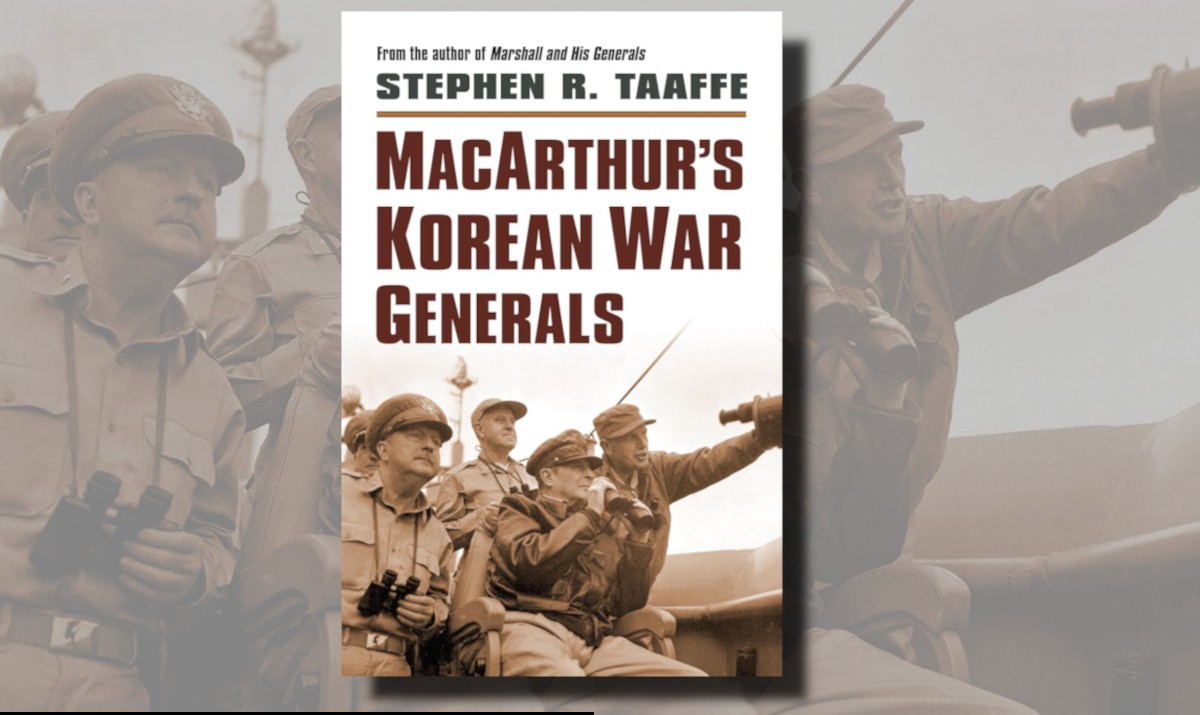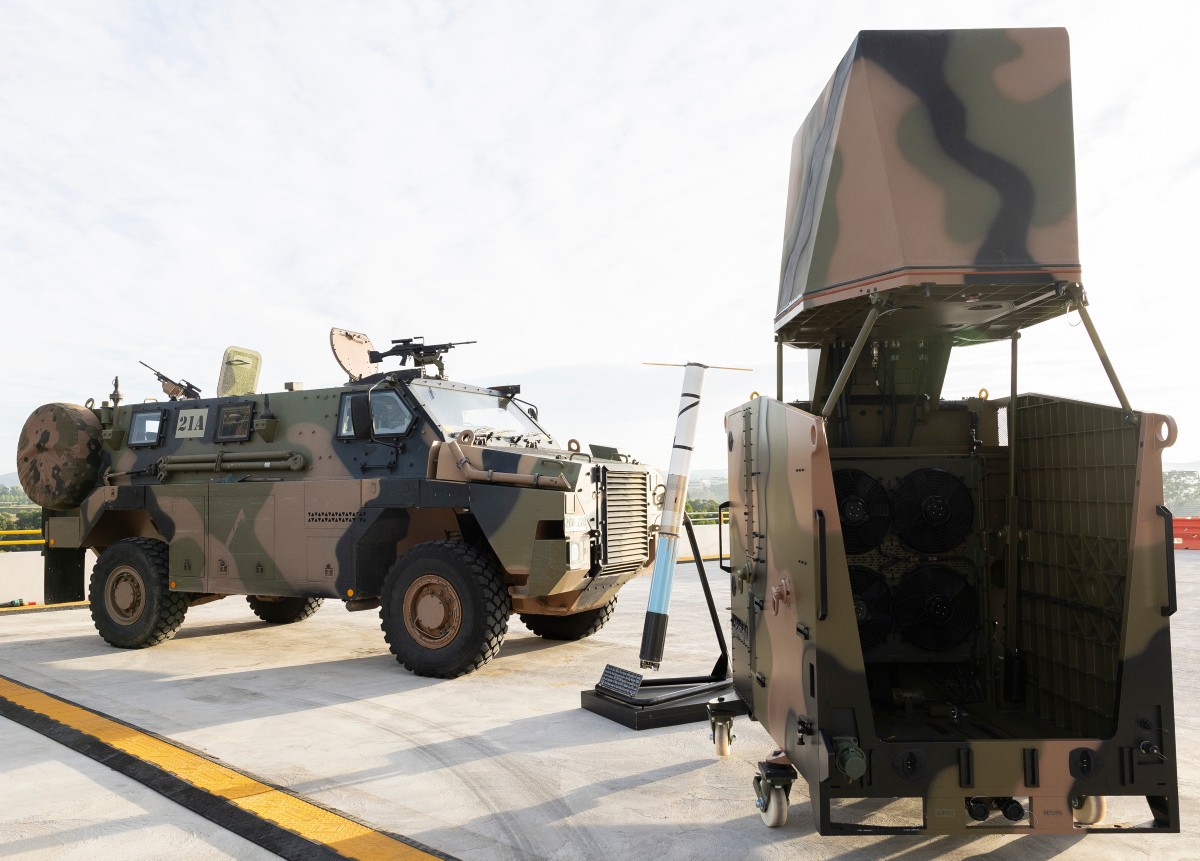The Land Power Forum blog is published by the Australian Army Research Centre in order to generate discussion and debate about the future of Army.
It is a forum for informed analysis, commentary, thoughts and ideas. Contributions are welcomed from stakeholders, subject matter experts and those interested in future land warfare.
| Articles | ||
|---|---|---|

|
Book Review - Clearing the Way
Book reviewCognitive edgeLandpower lessons |
In this book review, Nick Bosio reflects on the importance of military history to any professional effort to master operational and strategic art. While focussed on US military engineering, Bosio observes that 'Clearing the Way: US Army Engineers in World War II' touches on three factors that any military professional needs to understand: the heritage of war-fighting skills and techniques; how different parts of the profession integrate to support the force as a whole; and what lessons can be learned from history to inform the resolution of contemporary military issues. |
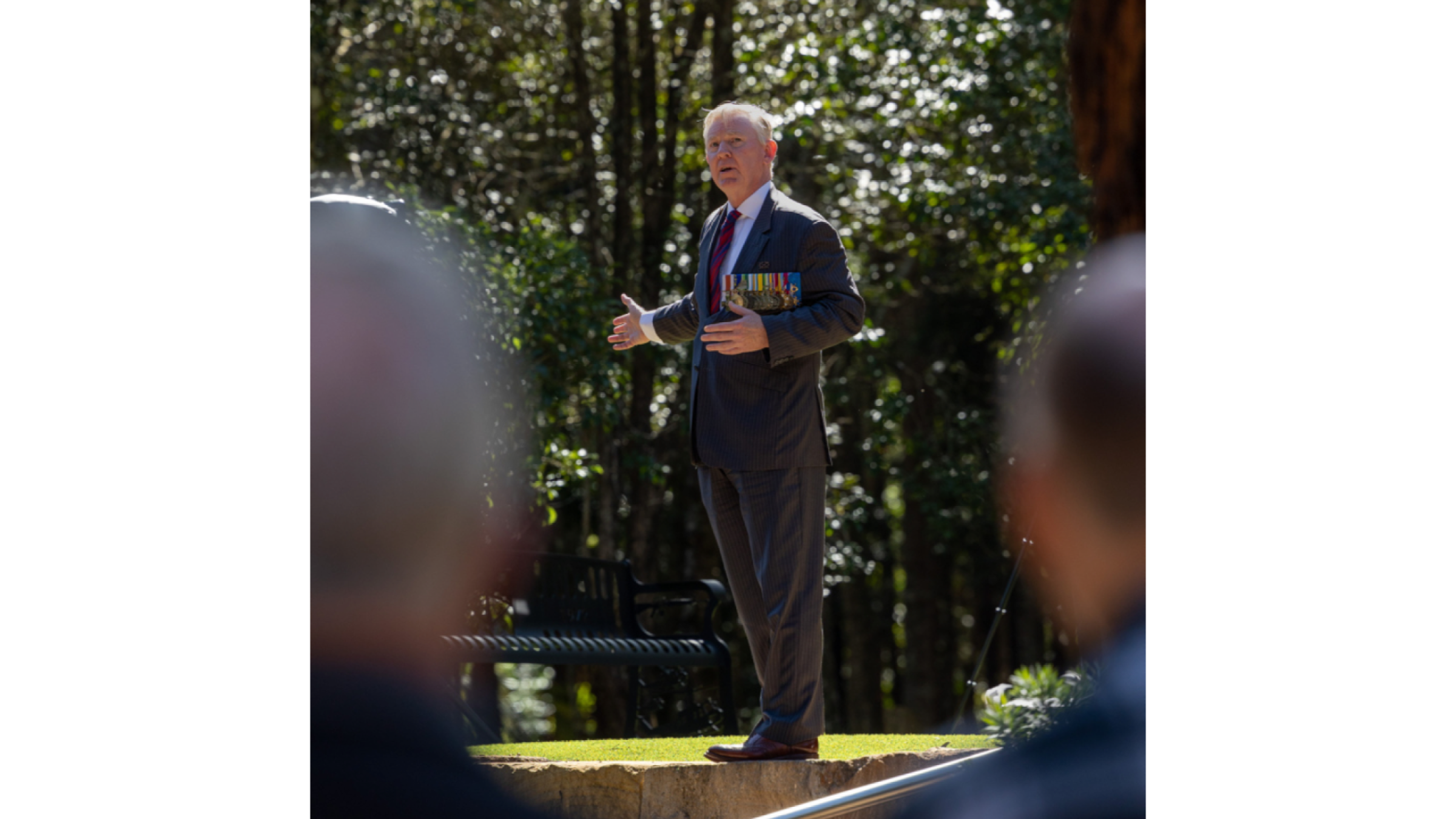
|
Seminar on ‘Thoughts on Generalship’
LeadershipCognitive edgeStrategy |
In a talk hosted by 2(AS) Division and streamed by The Cove on Tuesday 28 May, Major General Stephen Day, DSC, AM will speak on the topic of Generalship and how bold staffs can support their leaders to understand the nature of conflict. The presentation will foster greater awareness of the role of military staffs in a warfighting headquarters and lay the foundation for understanding how Generals win and succeed. |
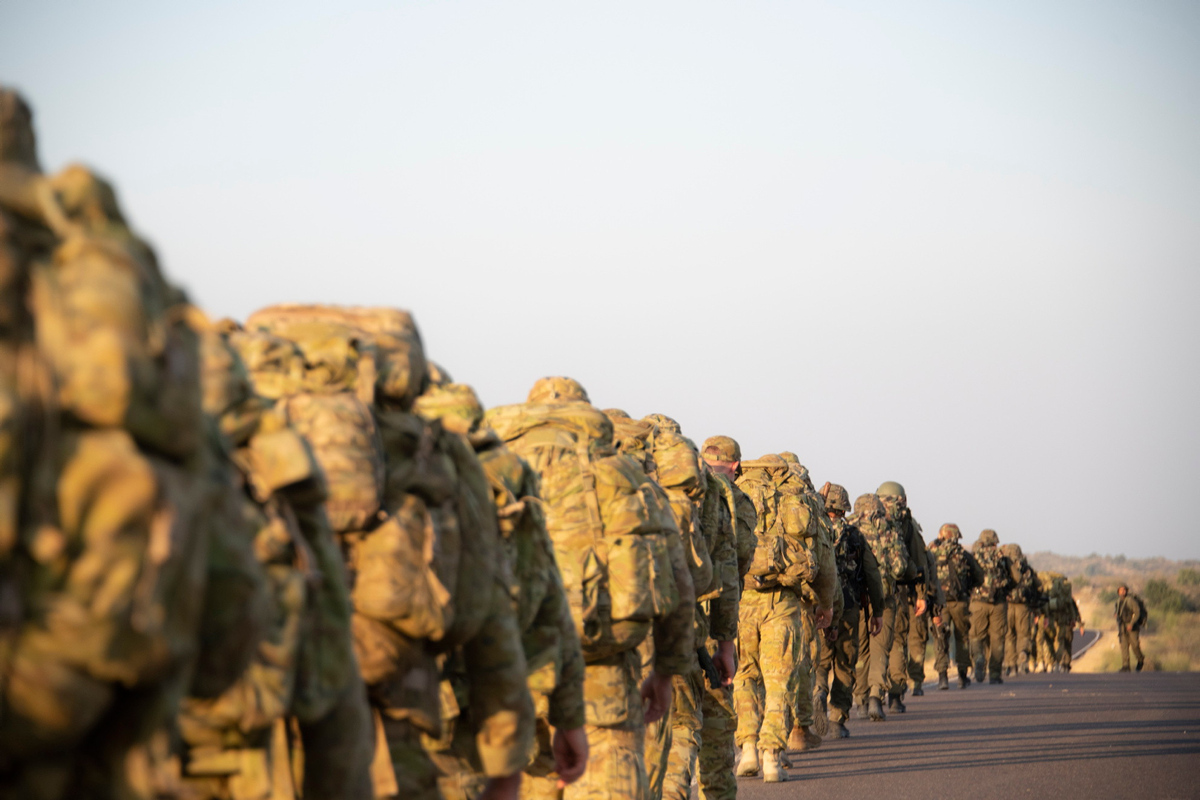
|
Seminar on ‘Accelerated Preparedness - Scalability Insights for Defence’
StrategyForce DesignAccelerated Warfare |
In response to the release of the National Defence Strategy (NDS), a seminar was hosted by 2(AS) Division on the topic of accelerated preparedness, titled Scalability Insights for Defence. |
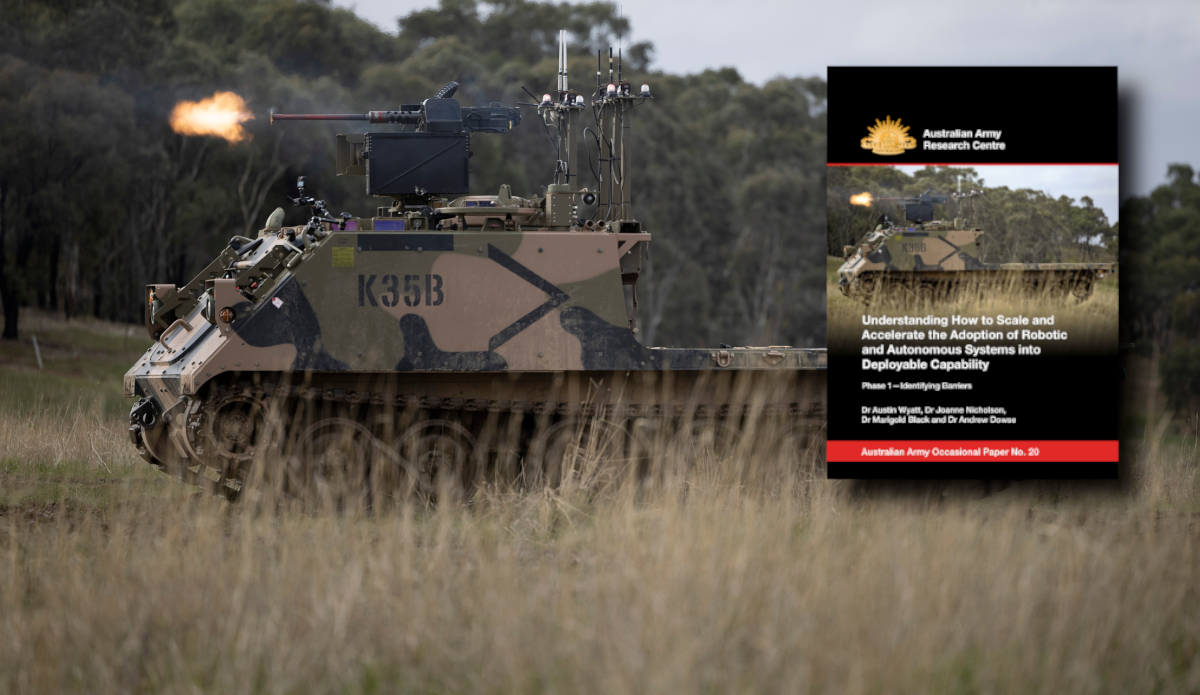
|
Occasional Paper 20 release - Understanding how to scale and accelerate the adoption of RAS
Robotics & Autonomous SystemsContent Release |
While militaries publicly declared an interest in robotic and autonomous systems (RAS), no documented wide-scale deployments of weapon systems exist. This paper co-branded with RAND identifies a promising range of RAS technologies with military implications and evaluates the potential barriers to their widespread adoption. |

|
Occasional Paper 21 release - Respite Periods in the ADF
People, Culture and EthicsContent Release |
Reflecting on recently introduced ADF-wide policy on respite, author Phillip Hoglin identifies areas for further improvement. He outlines factors that contribute to enduring challenges to the achievement of consistent respite policy, with reference to both Australian and overseas experience. Hoglin identifies a spectrum of applied and academic approaches to address these issues and, based on his analysis, provides several workable options for consideration by the ADF. |
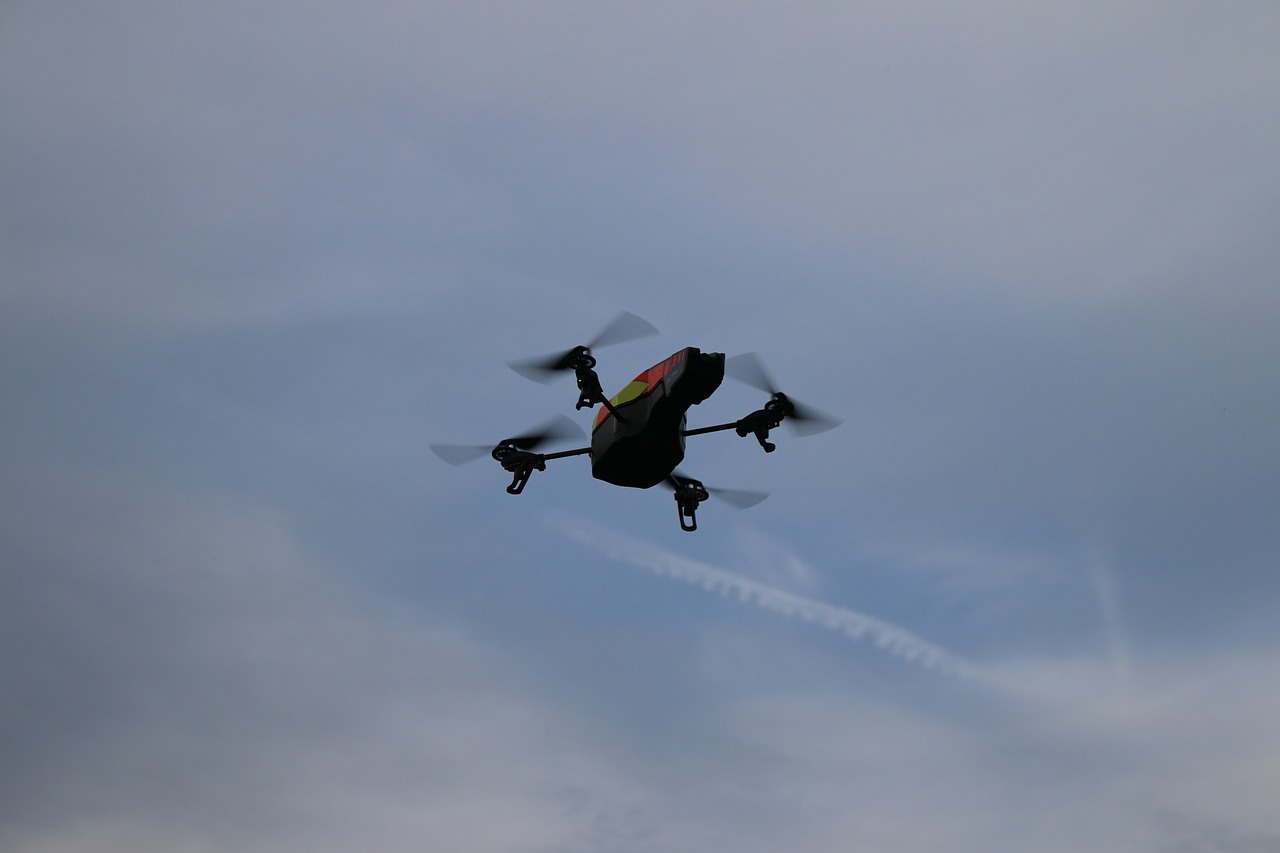
|
Manoeuvreist Doctrine in the Age of Autonomy
Robotics & Autonomous SystemsEmerging TechnologiesHybrid Warfare |
The Ukraine war has thrust small drones into the spotlight as an integral component of combined arms warfare. Matthew Krupczak contends that commanders must consider the doctrinal implications of both current and evolving off-the-shelf drone technologies and procure countermeasures. |

|
A Plan B: How Might Australia Support Resistance?
grey zoneHuman SecurityIrregular Warfare |
Andrew Maher presents an operating concept for the ADF that involves supporting regional nations to resist the imposition of control from autocratic actors. Constituting a strategy of deterrence by denial, he asserts that the 'unconventional deterrence' capability that would result from such efforts complements Australia's existing approach to deterrence and is firmly aligned with the direction set by the Defence Strategic Review. |
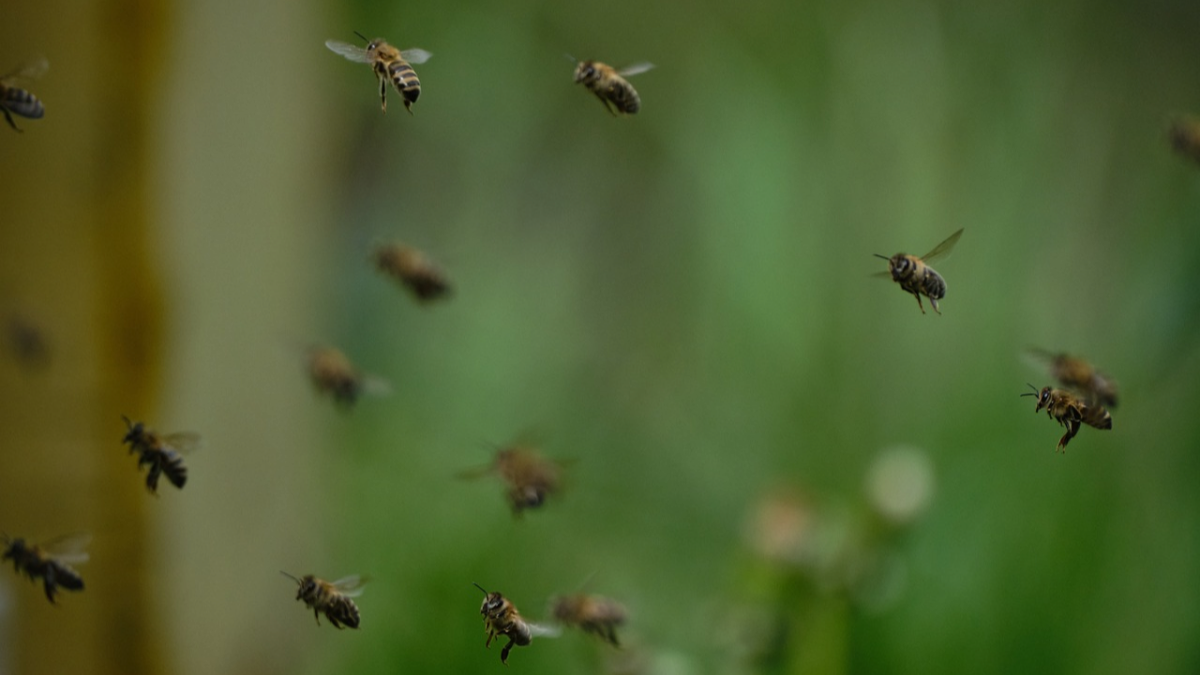
|
Conceptualising Agency in Swarms
Robotics & Autonomous SystemsEmerging TechnologiesHybrid Warfare |
Zena Assad considers the concept of swarming. She reflects on how the term has evolved from its origins in the field of biology to its modern application to describe characteristics of robotic systems. Noting the effect of rapid technological advancements on the capacity of such systems to self-organise, she identifies the challenges in setting operational goals for these capabilities as well as offering solutions. |
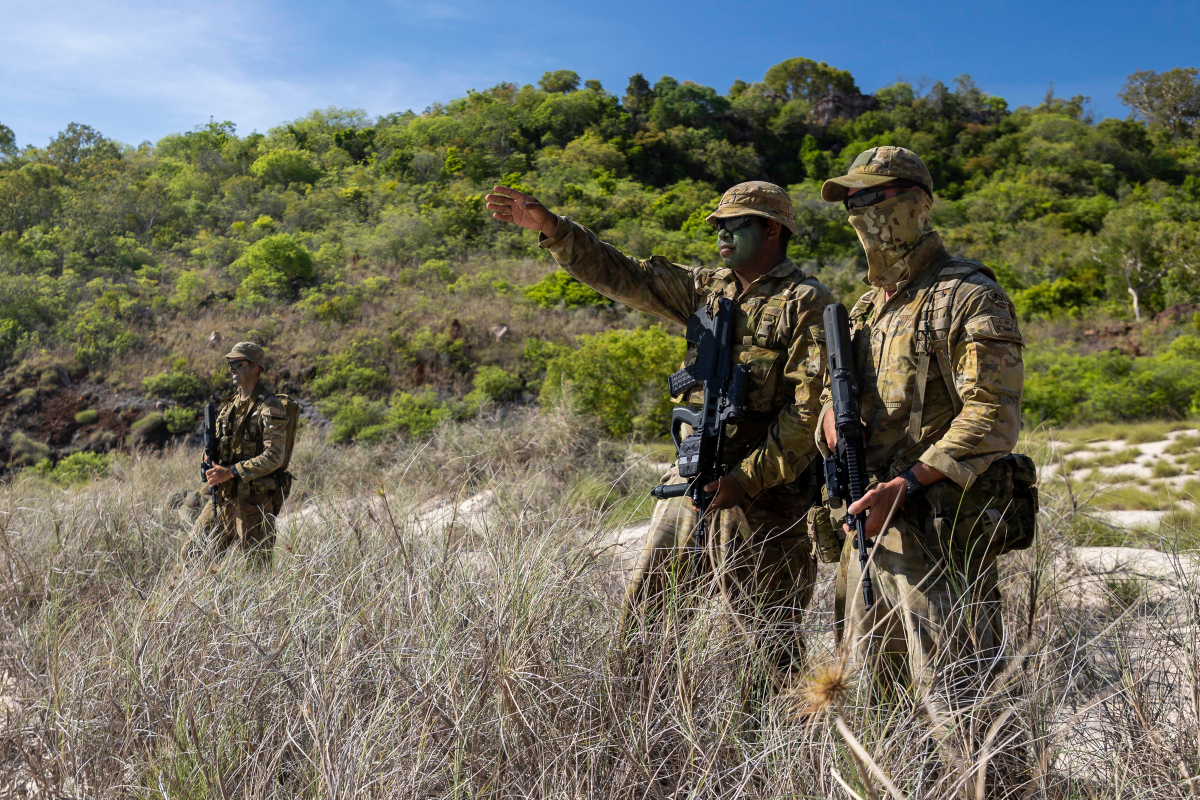
|
2(Australian) Division and National Strategy
Force DesignMilitary theoryFuture Ready |
The Defence Strategic Review has prompted significant re-consideration of the role of Army in the defence of the nation. To guide Army’s new purpose, an understanding of Australian Defence and Security Strategy is fundamental, as is recognition of Australia’s strategic interests. This short articles introduces some of these strategic interests and a PME program being run by 2 (AS) DIV in 2024. |

|
Putting the Band Back Together – Part Two
Future ReadyModernisationForce Design |
Mark Mankowski's builds on his argument that the division is the appropriate highest echelon of command for the Australian Army. Having considered in Part 1 the measures he considers necessary to reinforce, Army’s largest unit of action, in this post he discusses the requirement for more formations in an enabled 1st (Australian) Division. |
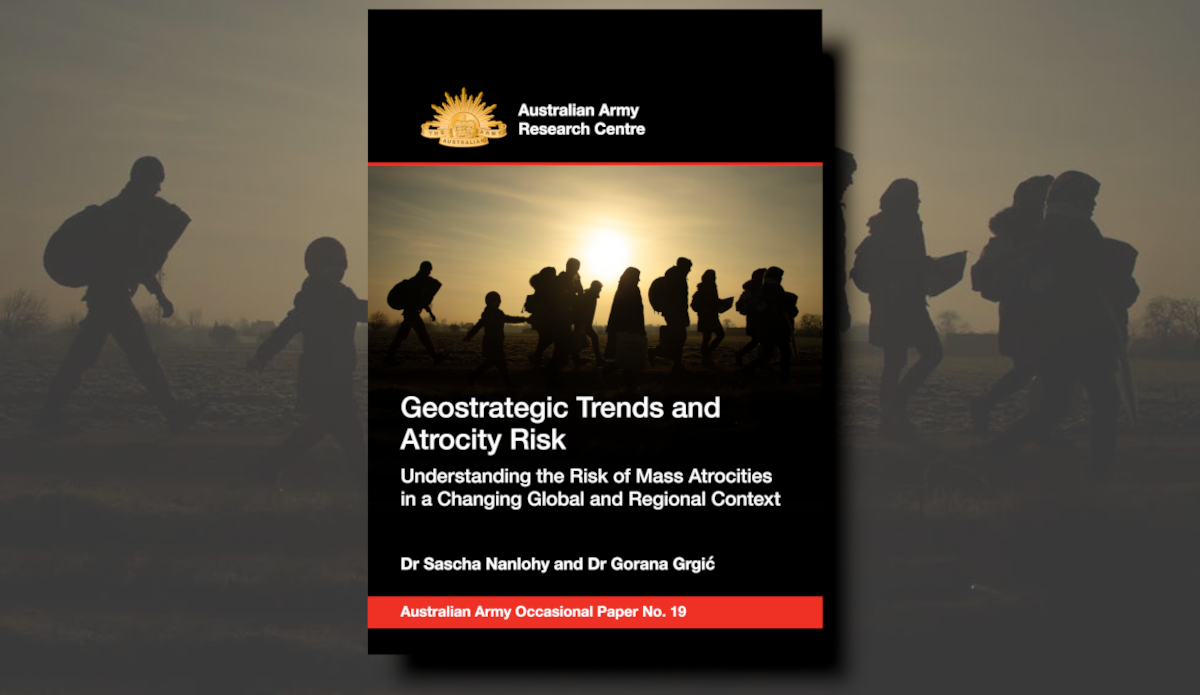
|
Occasional Paper release - Geostrategic Trends and Atrocity Risk
Human SecurityStrategyOur Region |
In Occasional Paper 19, the authors focus on geostrategic trends and atrocity risks, analysing the relevance of these trends to Australia's strategic interests. In this Post, the authors summarise the results of the project which led to the paper's development and they highlight the significance of the challenge facing states seeking to prevent atrocity crimes. |

|
Putting the Band Back Together – Part One
Future ReadyModernisationForce Design |
In this Land Power Forum Post, Mark Mankowski argues that the division is the appropriate highest echelon of command for the Australian Army. Based on this assessment, he considers the need to reinforce the division as Army’s largest unit of action. |

|
Outcomes of ‘Spring Short Thoughts Competition’ 2023
ModernisationEmerging TechnologiesEmerging Threats and Opportunities |
Submission topics included technology innovations, strategic RAS applications and tactical employment of RAS to address a diverse range of challenges Army may face in future. These contributions provide meaningful opportunities for Army to continue preparing its land forces. |

|
Occasional Paper release - ADF Engagement with Fiji
Our RegionPeople, Culture and EthicsLandpower lessons |
The ADF has a long history of defence international engagement within our region and beyond. In Occasional Paper 18, Dr Michael O'Keefe seeks to extend the policy literature through a case study of international engagement with Fiji by detailing how a successful approach from 2014-2017 contributed to the achievement of Australian foreign policy goals. |

|
Maximising the Traction, Energy Efficiency and Manoeuvrability of Wheeled Robots
ModernisationRobotics & Autonomous SystemsForce DesignAccelerated Preparedness |
The authors of this post make the case for wheeled robots as a military capability. Using the example of a 6 wheeled robot, the authors explain the principles of terramechanics and its relevance to maximising traction, energy efficiency and manoeuvrability. |

|
Embracing automation and robotics in the modern ADF
ModernisationRobotics & Autonomous SystemsIndustry |
Khuong Nguyen explores the potential of emerging autonomous technologies at scale to help meet Army's domestic and international strategic challenges. Drawing on overseas case studies, he examines opportunities for accelerated adoption of emerging robotic technologies. |

|
Assessing autonomous options in force design
Robotics & Autonomous SystemsArtificial IntelligenceEmerging TechnologiesAccelerated Preparedness |
‘How do you achieve more with less, possibly when your forces are already committed?’ |

|
‘Holding the Door Open’ – Securing a Point of Entry to Facilitate Littoral Manoeuvre in the Near Region’ - Part Five
Amphibious/joint/interagencyHybrid WarfareEmerging Threats and OpportunitiesLittoral Warfare |
The Land Power Forum littoral manoeuvre series on securing points of entry (POE) closes out with this fifth and final post. In it, Charles Knight identifies and explores functional capability enhancements that offer the potential to increase the capacity of a smaller force to secure an urban POE more effectively. |

|
Release of Australian Army Journal Vol XIX No 2 2023
Amphibious/joint/interagencyAustralian Army JournalLandpower lessons |
As Army transforms to meet contemporary security challenges, it must optimise for littoral manoeuvre operations by the sea, land and air as part of the integrated force. Drawing on lessons from the ADF's operational history within the region and beyond, this volume of the Australian Army Journal applies focus to Australian operations in the littorals. |

|
What can the Australian Army learn from the 1945 Borneo Oboe operations?
Landpower lessonsAmphibious/joint/interagency |
Alexander Lenart reflects on the benefits of participating in the Australian Army Staff Ride to Borneo. He finds that the lessons learned from the 1945 Oboe operations still resonate today. |
Pagination
The Australian Army Research Centre welcomes contributions to foster debate.

